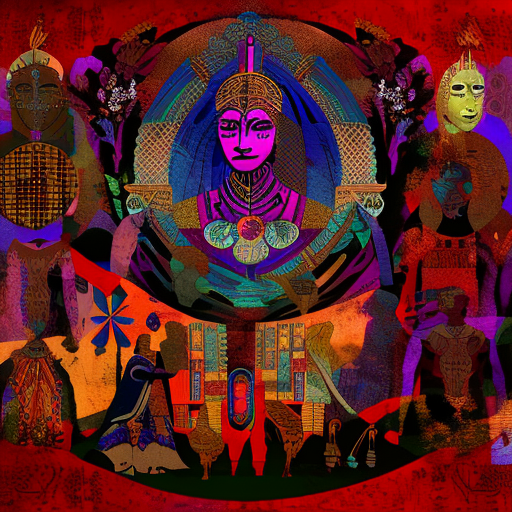The Twelve Tribes of Hattie: A Story of Resilience and Legacy
In “The Twelve Tribes of Hattie” by Ayana Mathis, we follow the life of Hattie Shepherd and her twelve children as they navigate the challenges of poverty, racism, and personal struggles in 20th-century America. Through a series of interconnected short stories, Mathis explores themes of love, loss, and the enduring power of family bonds. This poignant and beautifully written novel delves into the complexities of the human experience, highlighting the resilience and legacy that can be passed down through generations.
The Trials and Triumphs of Hattie Shepherd
The book opens in 1925 with Hattie Shepherd, a young girl living in Georgia, witnessing the death of her twin babies due to pneumonia. This tragic event sets the tone for Hattie’s life, as she becomes determined to protect her remaining children at all costs. Hattie eventually moves to Philadelphia with her husband, August, in search of a better life. However, their marriage is strained, and Hattie finds solace in her children, who become the center of her world.
As the years pass, Hattie’s children face their own challenges. Floyd, her eldest son, struggles with his sexuality and the societal pressures that come with it. Six, her second son, becomes a soldier in World War II and returns home with deep emotional scars. Bell, her eldest daughter, finds herself trapped in an abusive relationship. Each child’s story is a testament to the strength and resilience they inherit from their mother.
An Intimate Portrait of African-American Life
“The Twelve Tribes of Hattie” provides a powerful and intimate portrayal of African-American life throughout the 20th century. Mathis explores the impact of systemic racism, poverty, and the Great Migration on Hattie and her family. The novel sheds light on the struggles faced by African-Americans during this time period, including limited opportunities, discrimination, and the constant threat of violence. Through her vivid storytelling, Mathis captures the resilience and determination of a community striving for a better future.
The Legacy of Love and Sacrifice
At its core, “The Twelve Tribes of Hattie” is a story about love and sacrifice. Hattie’s unwavering devotion to her children drives her to make difficult choices and endure unimaginable hardships. Despite the challenges they face, the Shepherd children carry with them the strength and love instilled by their mother. Mathis beautifully illustrates the enduring power of family bonds and the legacy that can be passed down through generations.
- The novel explores themes of love, loss, and the enduring power of family bonds.
- Mathis provides a powerful and intimate portrayal of African-American life throughout the 20th century.
- “The Twelve Tribes of Hattie” highlights the resilience and legacy that can be passed down through generations.
“Love is never enough. Madness is enough. It is complete, sufficient unto itself. You can only stand outside it, as a woman might stand outside a prison in which her lover is locked up.”
In “The Twelve Tribes of Hattie,” Ayana Mathis weaves a poignant and emotionally charged narrative that explores the complexities of family, love, and the enduring power of resilience. Through Hattie and her twelve children, Mathis captures the struggles and triumphs of African-American life in 20th-century America. This novel serves as a reminder of the strength and legacy that can be passed down through generations, even in the face of adversity.












